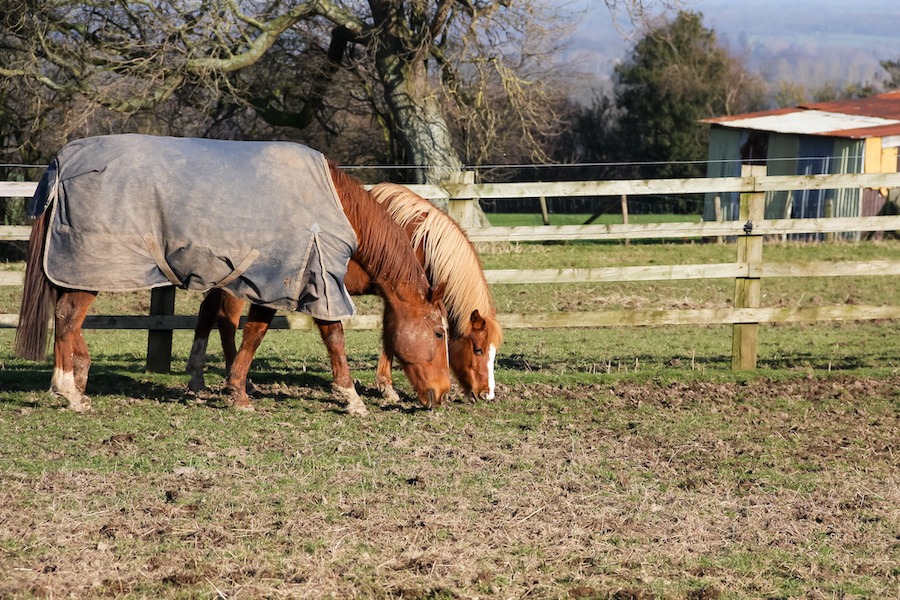Of all the legal and property agreements entered into by farmers and landowners, the lowly grazing license might seem a long way down the list of priorities.
But treating it that way is false economy. A poorly worded grazing license – one that is written without any consideration for the tax implications – can lead to the loss of relief of Capital Gains Tax (CGT) and Inheritance Tax (IHT).
Poorly drafted agreement may also gift more rights to the grazier than a farmer might want, making it far harder to remove grazing rights when required.
Therefore, it makes sense to get professional advice when drafting a grazing license, to ensure all the potential pitfalls of this simple agreement are avoided.
Landowner must remain the occupier
To retain CGT and IHT relief, the landowner must legally remain the occupier of the grazing land in question for agricultural purposes, and this must be clearly set out in the wording of the agreement. To ensure this is the case, the landowner must fulfil two conditions. These are:
- They must retain significant responsibility for maintaining the land.
- The grazing license is an agreement of less than one year.
Maintaining the land
To continue to qualify as the occupier of the land, the landowner must retain responsibility for producing the grass crop and for the majority of maintenance work carried out on the land. These activities must be documented and receipts for expenditure kept.
The landowner may enter into an agreement for the grazier to carry out these duties, but the grazier must be paid at a commercial rate for this work and the landowner must retain all the decision making about what work needs to be carried out.
Ideally, the landowner should also graze their own animals on the land at various points in the year, or if they don’t have any, help in the day-to-day duties of the grazier, such as checking water troughs and putting out supplementary food.
If these conditions are not observed and documented, the grazier may be considered the legal occupier, and this will mean monies collected from them in lieu of grazing will be considered a passive/rental income. As such, the land may not qualify for CGT relief if sold.
Equally, if the grazier is considered the legal occupier of the land, the land will no longer qualify for Agricultural Property Relief for IHT.
Less than one year
As well as retaining responsibility for the grazing land in question, the landowner must ensure that the grazing agreement is for less than one year. Usually, this means they are issued for 364 days.
There must also be no right of renewal.
Failing to observe this might mean the grazier can claim the arrangement is in fact a tenancy, giving them the security of a tenure and once again making them the occupier of the land.
Well written license
A well written license is the key to avoiding the issues outlined above. The license must set out the rights and responsibilities of each party and evidence that these responsibilities are being met must be collected. It must also be explicit about the length of the agreement.
By doing this, the landowner will remain the occupier of the grazing land and important tax relief will be retained.
Professional advice
If you would like any advice on reviewing an existing grazing license or drafting a new one, contact Whitley Stimpson director and agricultural accountancy expert Martin Anson on (01295) 270200 or email MartinA@whitleystimpson.co.uk.
Agricultural Spotlight
The article is covered in our Agricultural Spotlight – click the link to read the full magazine, which keeps farmers up to date with the latest accounting changes and challenges.
